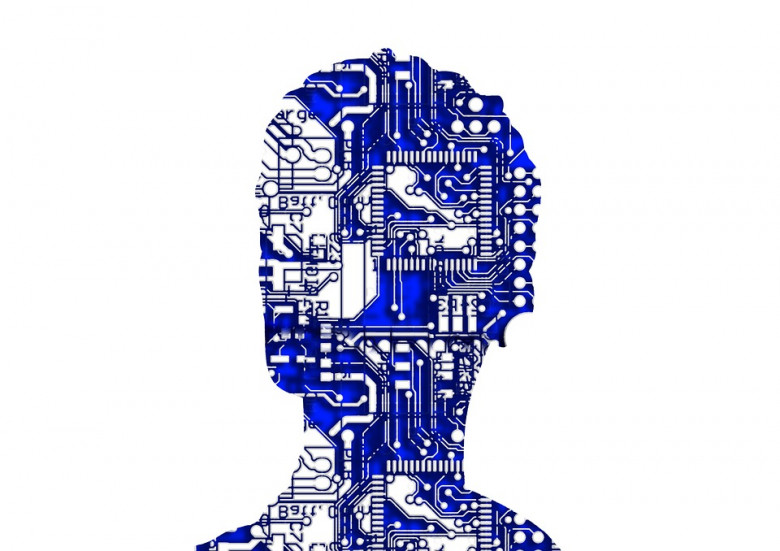I Asked an Algorithm to Optimize My Life. Here's What Happened

I was halfway through a master’s in Computer Science when my vision changed. I was working as a data scientist during my summer off from school, and I had friends who said things like “I’m at a local maximum” in normal conversation. Wherever I looked, suboptimality began standing out as though highlighted in the angry red of a programming error.
There was the athletic-looking youth whose slow amble blocked the walking path so no one else could pass—suboptimal. There was the friend I ran errands with who planned stops in an inefficient order, so the driving took three Nicki Minaj songs longer than it needed to—suboptimal. And there was me. I could rarely go an hour without at some point becoming forgetful, distracted, tired, or slow—embarrassingly suboptimal. One of the first things I’d learned about optimization was that something is optimal if it is equal or preferable to any alternative. To optimize an experience, then, is to shepherd it toward the preferable.
Decision-making is generally hard because you don’t know what each choice will result in. You do have a lifetime of data on how your actions have historically played out, though, and with that you can guess at which option will have the most preferable outcome. This is the basic idea behind reinforcement learning, which underpins the AI that can learn to play video games and Go; other problems in the field sport names like The Restless Multi-Armed Bandit. When a computer agent makes a choice that yields a favorable outcome in reinforcement learning, the memory that the choice was “good” goes on to affect future decision-making, reinforcing the behavior. If a day of being alive is also a series of decisions, could an algorithm successfully optimize my life, too?









































































